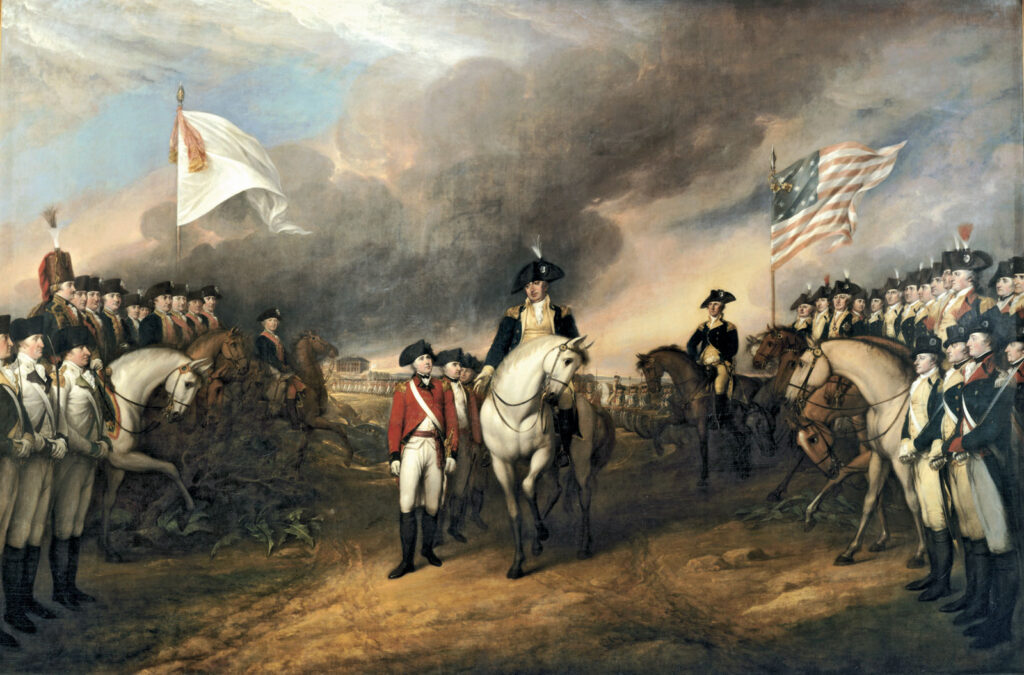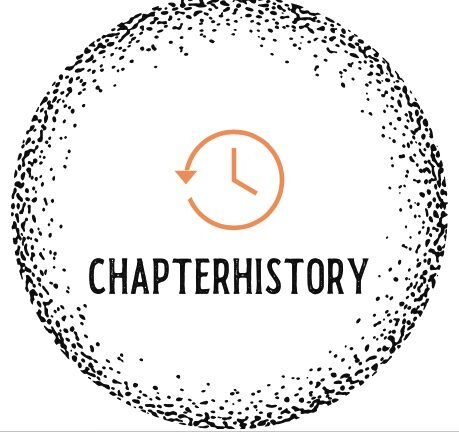The battle of Yorktown was a significant siege that paved the way for the independence of America from the hands of the British colonizers. The battle of Yorktown facts the importance of strategic military decisions to win a war. The battle of Yorktown location was a coastal town of Yorktown in Virginia which was occupied by the British troops under the leadership of Lord Cornwall.
The successful effort of Commander George Washington, who happened to become the first President of the United States of America later by 1789, and the French Admiral Comte de Rochambeau helped in the victory of the battle of Yorktown. The battle of Yorktown map includes important cities of Yorktown, Chesapeake Bay, and New York City. Before getting into the Battle of Yorktown, the following are some facts on the reasons that led to the emergence of the American Revolution.
The American Revolution:

In 1492, Christopher Columbus landed in America and named it the New World. From then on, the lands of America were a settlement colony to various European dynasties, with the British being the prime conquerors. Initial unrest between the British and the French settlers led to the French-Indian war, which lasted seven years, from 1754 to 1763. The Native Americans supported the British, and by the end of the seven-year war, the Treaty of Paris ended the war. The British took control of the lands, but the Native Americans were not satisfied with British rule.
Due to a weakened economy in England and a deteriorating seven-year war, the British didn’t have enough financial resources due to an increased national debt. Great Britain’s Parliament imposed taxes and duties on the colonies to regain the lost resources. The Molasses Act, the Currency Act, the Townshend Act, and the Stamp Act were some of their creations levied on the Americans.
The official beginning of the American Revolution was after the Boston massacre, where unarmed American protestors were shot by the British soldiers, which led to public enrage and anger. This ignited the American Revolution. Boston was heavily militarized, and the other twelve American colonies rose to fight against the British soldiers.
The American Revolution also gained the attention of the other European nations. The rebels gained the aid of the French and the Spaniards as well. With many major battles like battle of Yorktown and outbursts, the battle of Yorktown was one of the last sieges that led to the end of the American Revolution. The following are the events that led to the battle of Yorktown and the final end of the British colonial rule in the lands of America.
The Battle of Yorktown

By the year 1780, the British had taken control of the Southern colonies, Philadelphia and New York City. The Southern colonies were using Virginia as a supply base for the exchange and movement of army supplies, ammunition, and other necessities. Lord Cornwall, a British Commander, had set up a naval base at the coastal city of Yorktown, Virginia, to stop the ease of access of the requirements like ammunition to the American soldiers.
Cornwall changed his initial plan of conquering Carolina to Wilmington and Yorktown. Yorktown was a coastal city that immensely helped the British to get supplies and reinforcements for his 9,000 soldiers from the Royal Navy overseas. While on his march from Carolina to Wilmington and Yorktown, Cornwallis raided many villages for acquiring supplies, and he also received a number of enslaved people as an addition to his army.
By this time, the French Admiral Comte de Rochambeau landed in America with his fleet to aid the American troops. George Washington had ordered Laufyette to keep the British forces engaged at New York City as a distraction. New York was occupied by Henry Clinton. NOw Washington and his whole troops silently marched over to Virginia with an aim to take over Yorktown. French Admiral Comte de Rochambeau arrived at the Chesapeake Bay via the sea route, and they successfully gained control of the Chesapeake Bay.
At Yorktown, Cornwall was struggling to manage the American troops. The Royal Navy ships with reinforcements that came for the aid of Cornwall and his 9,000 soldiers were also destroyed by the French ships led by Admiral Comte de Rochambeau, who was traveling from the north after the victory at Chesapeake bay. This was called the Battle of Capes and the British reinforcement ships were heavily destructed by the French ships. This left the British soldiers and his soldiers stationed at Yorktown deserted without many resources.
The combined troops of Washington and the French naval troops reached Yorktown by September 28th, 1781. The troops surrounded the city and laid a series of pits and trenches. The British used the last pieces of their artillery weapons and heavy weapons but all their efforts were in vain as they were heavily outnumbered by the American and French soldiers. By October 9th, the American and French troops were very close to the British soldiers.
Washington ordered the firing. The American army had a wide range of heavy artillery, inflicting an immense loss on the other sides. The British forts were heavily destroyed by the Patriots. Washington orders the soldiers to create another set of trenches parallelly, not far from the previously made trenches.
The British still continuously received supplies and resources from Redoubt o and Redoubt 10. Washington planned to cut off the aid from both the Redoubt 9 and Redoubt 10. On October 14th, 1781, the Americans and French attacked the Redoubt 10 under the leadership of Alexander Hamilton. Eventually, Redoubt 10 was fully acquired, and the Americans gained extra artillery from the Redoubt. Later, Redoubt 9 was acquired by the efforts of the French troops, which completely doomed and deserted the British soldiers.
On October 15th, 1781, Lord Cornwall ordered an attack on the British and French soldiers, but the British soldiers were not able to manage the forces. On October 17th, a British soldier was sent along with a drummer boy to indicate surrender. They showed a white handkerchief as an indication of peace to show their submission.
With no escape and no choice other than surrender, Cornwall sent a letter to Washington proposing a cessation. The 7,000 surviving British troops were captured by the American and the French forces. The battle of Yorktown echoed in the Parliament of Great Britain. Eventually, it ended the colonial rule of the British due to a lack of resources to manage and rule the American colonies.

